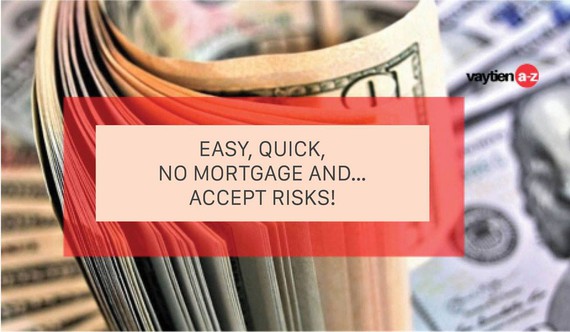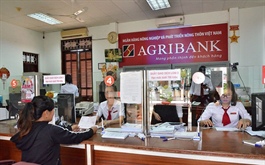Consumer credit can create more consumer debt
Consumer credit can create more consumer debt
The ability for a consumer to borrow easily in an economy can create an important function in stimulating economic growth. With this in mind, consumer credit can be developed for the long-term with a robust and sustainable strategy in Vietnam.
 |
In the current scenario of the Covid-19 pandemic, consumer credit can help increase liquidity of credit institutions via loans for businesses that are facing many difficulties.
Increases aggregate demand
In many of the developed countries, consumer credit is used to indicate the health of the economy, as it promotes the consumption of goods and services and thereby increases aggregate demand. When the aggregate demand within the economy grows it becomes the driving force behind production and businesses that can then develop, increase number of jobs, and raise the overall incomes. Consumer credit can help in using existing resources more effectively within the economy.
According to the World Bank, exports and domestic consumption together account for a maximum proportion of economic growth in Vietnam. In the current Covid-19 pandemic scenario, the aggregate demand in most major export markets has been seriously impacted, and hence countries are moving to stimulate more domestic consumption by creating favorable opportunities. As is seen, when the consumer credit market increases by 1%, GDP increases by 0.12%.
However, when the economy is in trouble, consumer credit helps to support people to maintain purchasing power, and with this, production and business activities become less vulnerable. In times of deep crisis, production is then maintained, and in the aftermath of a crisis, the recovery process is less severe. The balance of supply and demand in the market is also quickly established and there is a positive impact on future employment and incomes.
Consumer credit also provides people with finances for spending, and helps uplift lifestyles with better access to professional financial services at reasonable costs, especially for customers in the prime category. In Vietnam, the development of consumer credit plays a decisive role in limiting the black credit market and making the financial market more robust.
Many shortcomings
Much before the Covid-19 pandemic hit the world, Vietnam had been planning to increase consumer credit with the goal of reaching VND 1 mn bn by 2020, increasing the proportion of consumer loan by 40% to 50% of total outstanding loan. Although consumer credit has been under development for the last ten years, there are still many shortcomings that can affect its reach from institutions to markets.
Firstly, under the ongoing impact of the Covid-19 pandemic, there is a high increase in the rate of unemployment, reduced working hours and a very sharp decline in overall incomes. Accordingly, purchasing power has fallen and consumer habits have changed significantly. According to data from Infocus Mekong, household spending has decreased by 15% on an average in areas of food, education, entertainment, and housing. According to the World Bank, household consumption and domestic retail sales have fallen down to 2.9% in the second quarter of 2020, as compared to the same period last year. The inevitable consequence of this decline will also decreases people's demand for consumer loans.
Secondly, employee income has significantly fallen and so has the ability to repay many existing debts. According to a survey by the Vietnam Chamber of Commerce and Industry (VCCI), about 25% of businesses have had to cut their workforce or reduce wages, while about 60% of businesses are now working on very flexible working hours or even reduced working hours. The services and tourism sector has also been the most affected, leading to risk of more bad debts.
Thirdly, in the first half of 2020 the bad debt situation at banks showed an increase. According to statistics, only 18 out of 45 banks have reported capital adequacy ratio in line with Basel II standards. According to the State Bank of Vietnam, the total outstanding loans that may face risk of insolvency due to the Covid-19 pandemic can go up to 23%. Therefore, if the bad debt situation continues to increase from more consumer credit, it will create a dangerous precedent and resonate in systematic risk.
Fourthly, although the legal framework for consumer credit is currently in planning, the core issue of implementing debt collection measures is still being seen as a problem without a solution. Other conditions for consumer credit are also under review such as residential data, salary structure, and revenue management by borrowers. The legal mechanism to protect the interest of borrowers is also at a very primitive stage. Laws are still vague and specific protective measures are still not in place. According to the Department of Competition and Consumer Protection under the Ministry of Industry and Trade, consumer credit services received the most number of complaints in 2019.
Fifthly, the consumer credit market is still not well structured, with only about ten financial companies and four micro-finance institutions operating at present. Other informal credit institutions have been formed and are operating, but without any regulatory framework. This situation does not create any credibility in the minds of people.






















